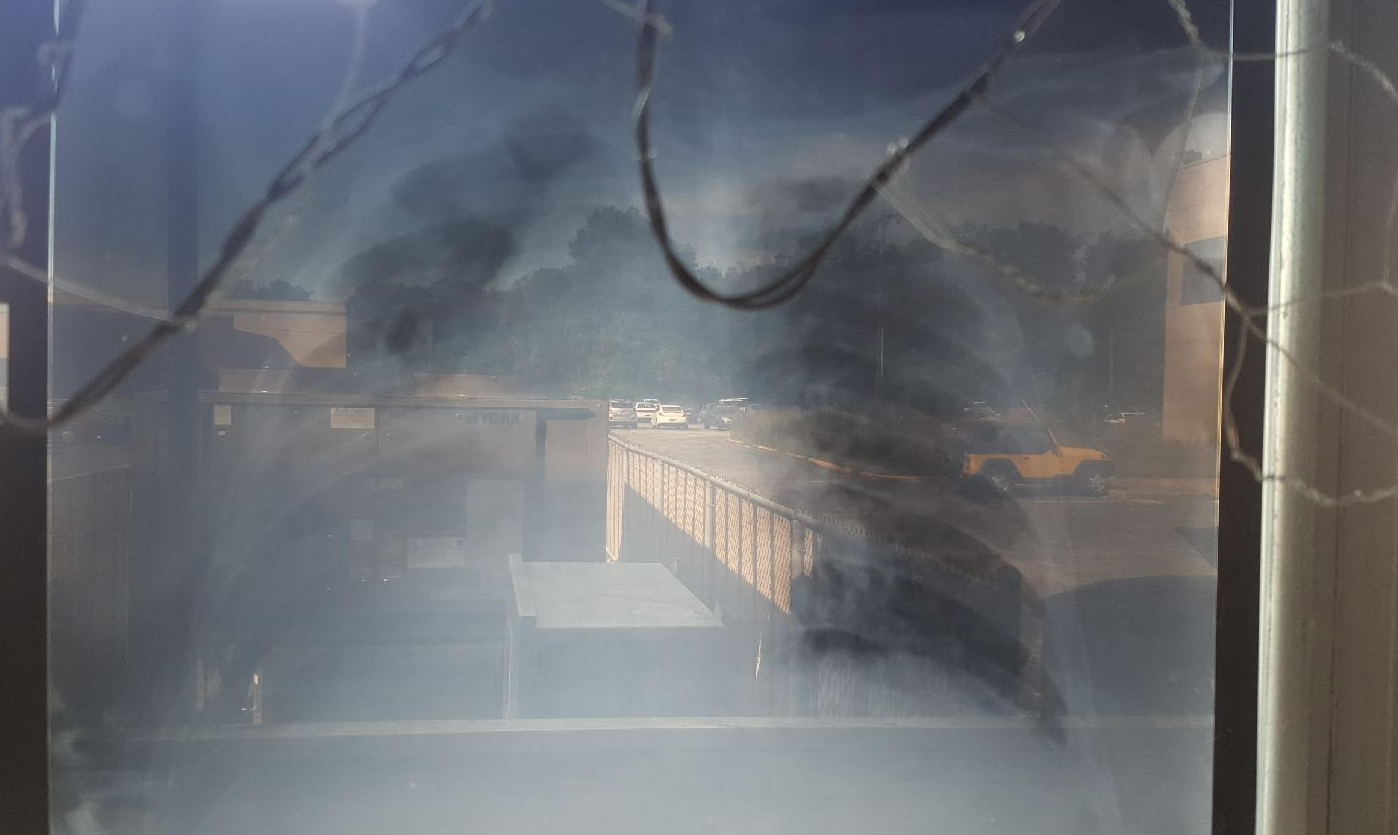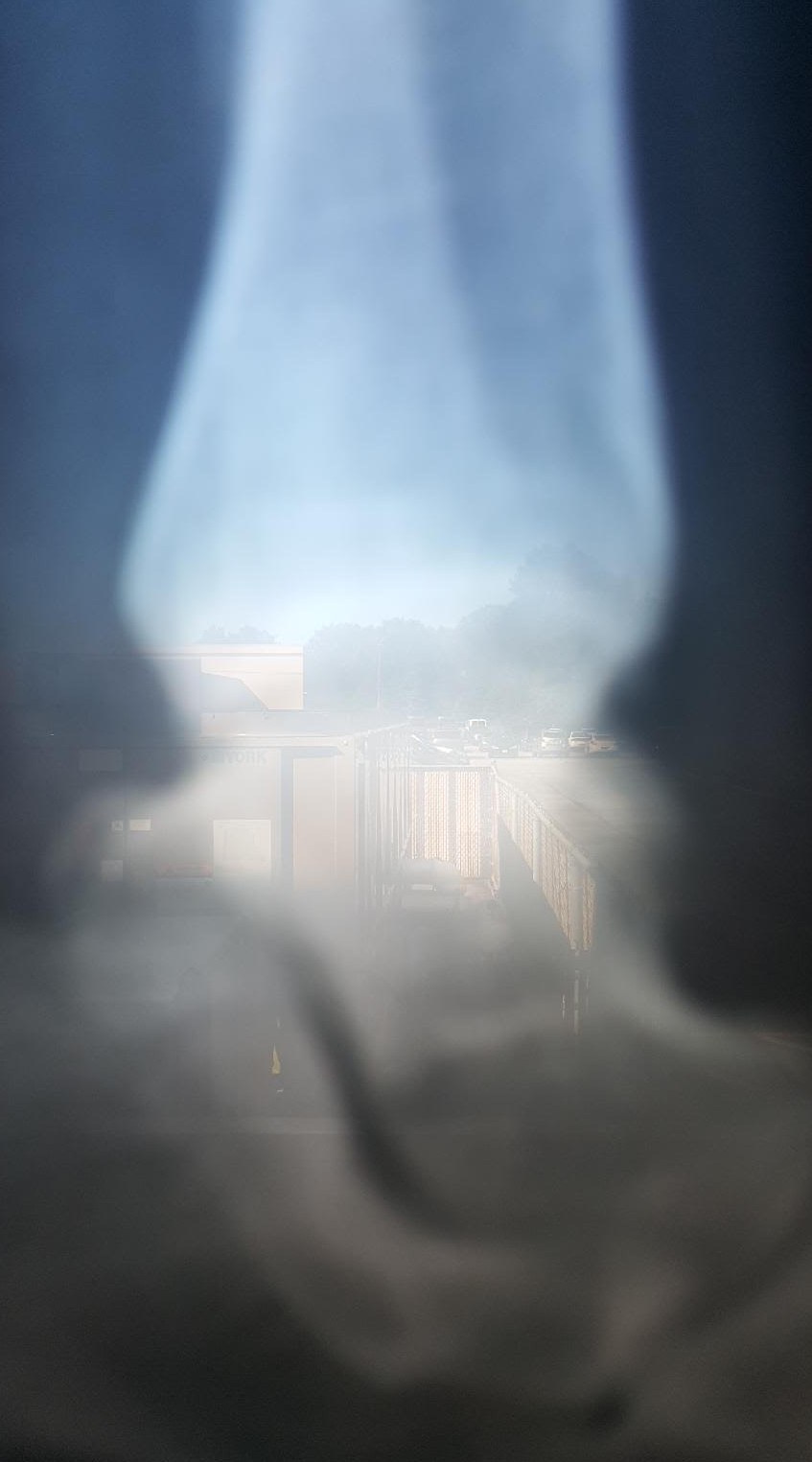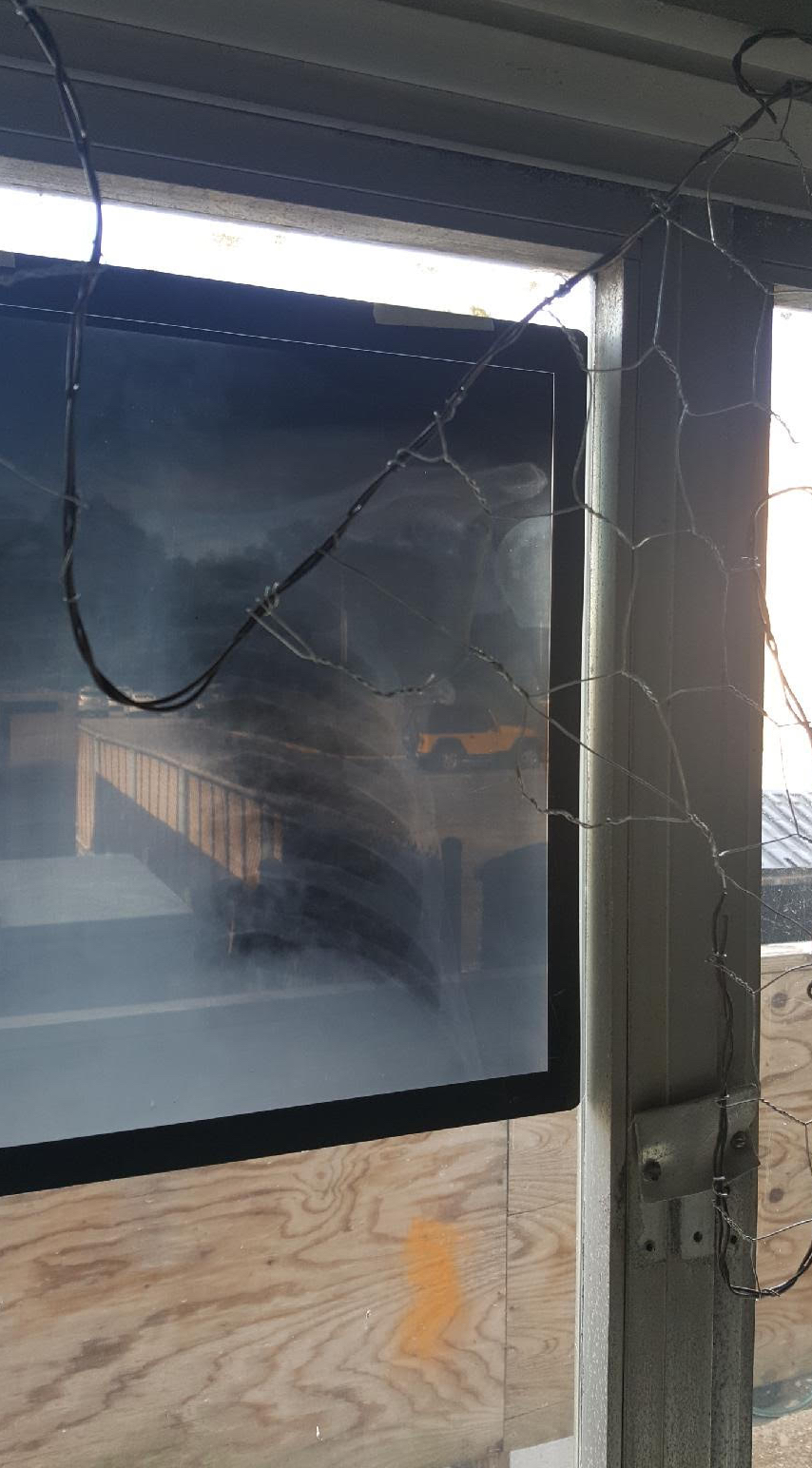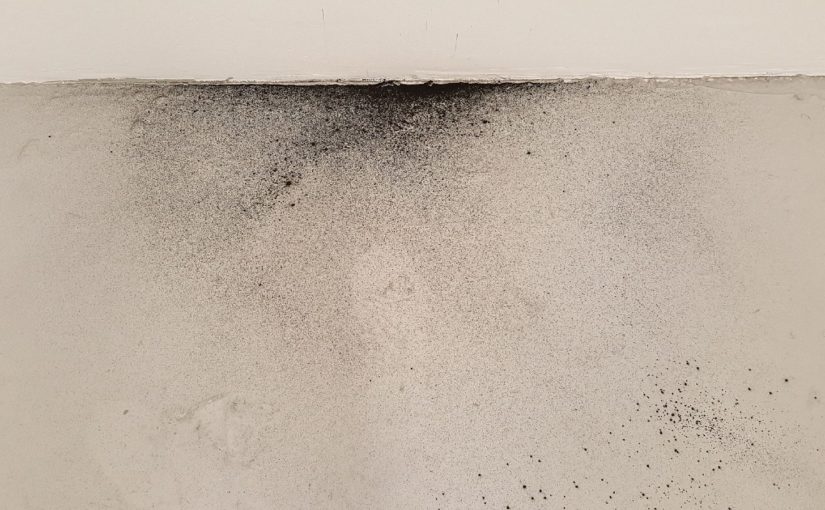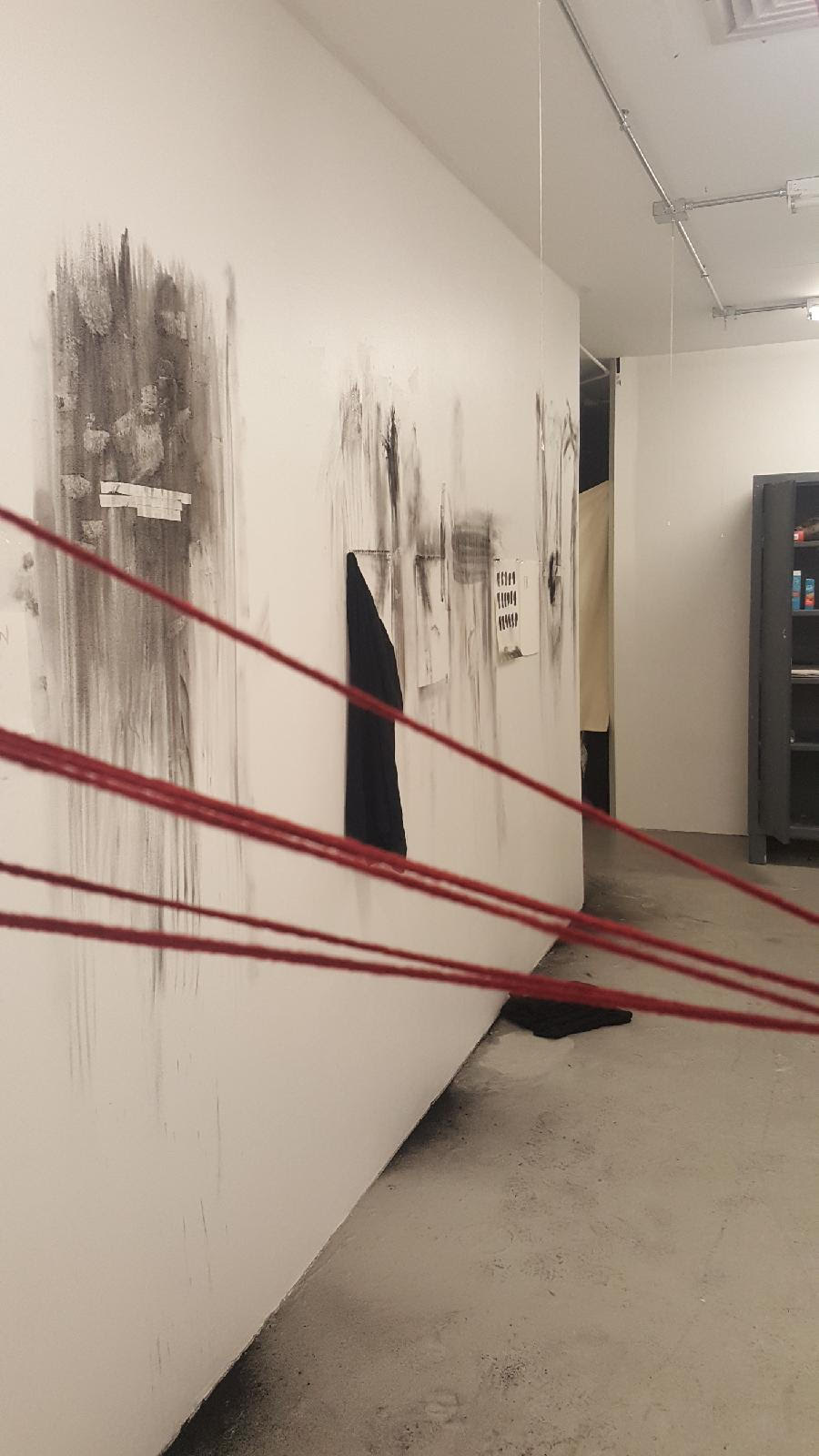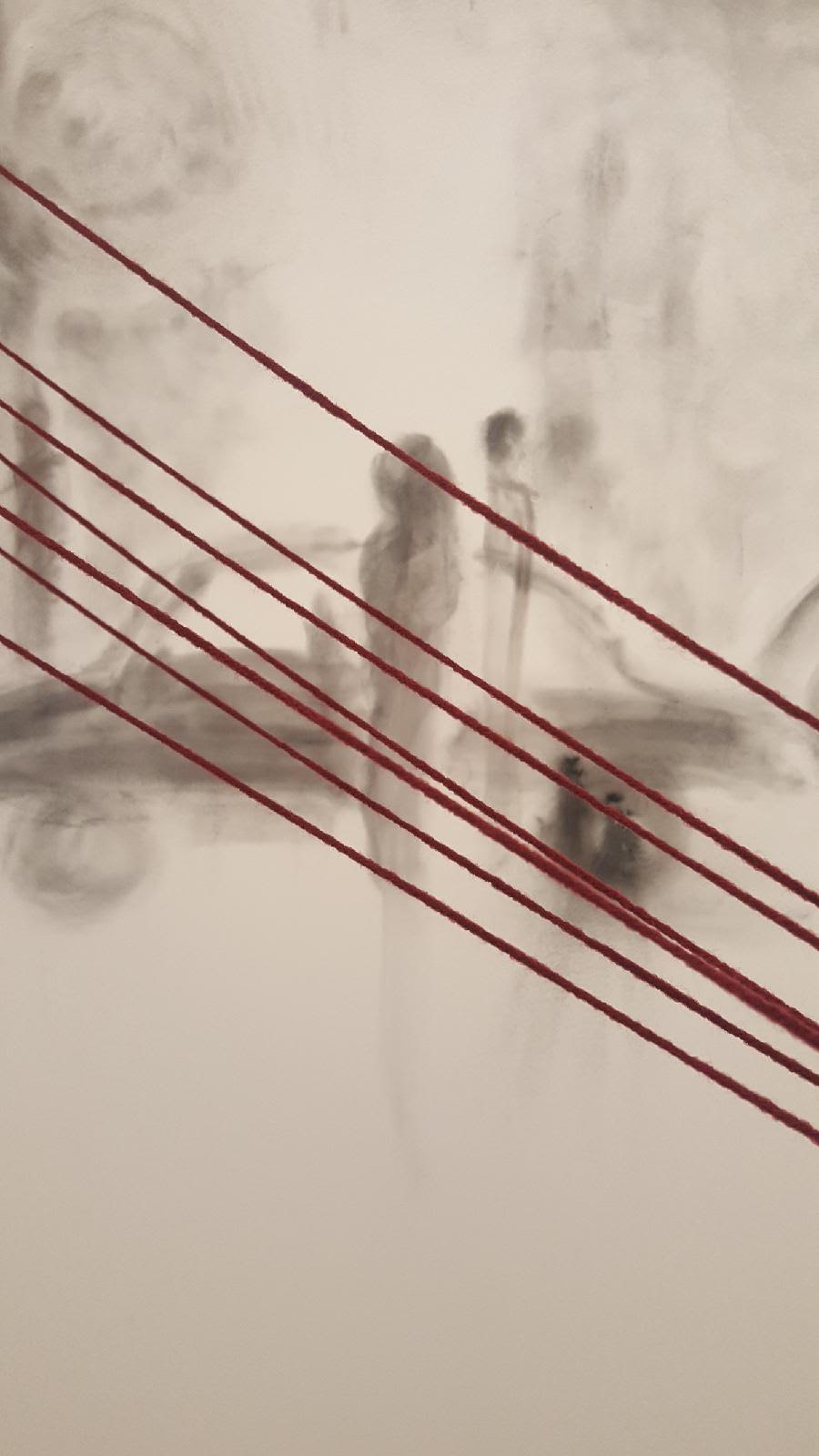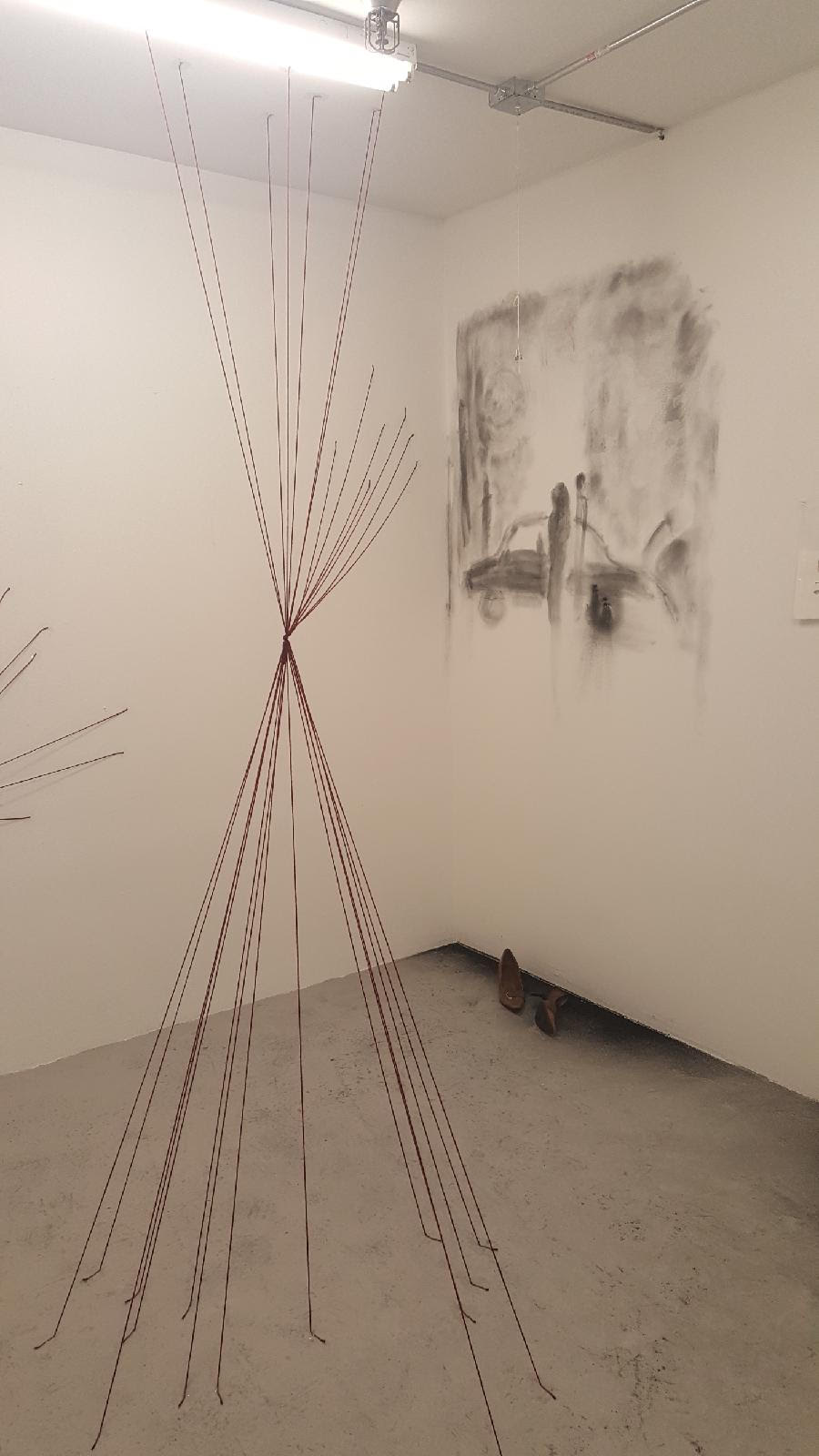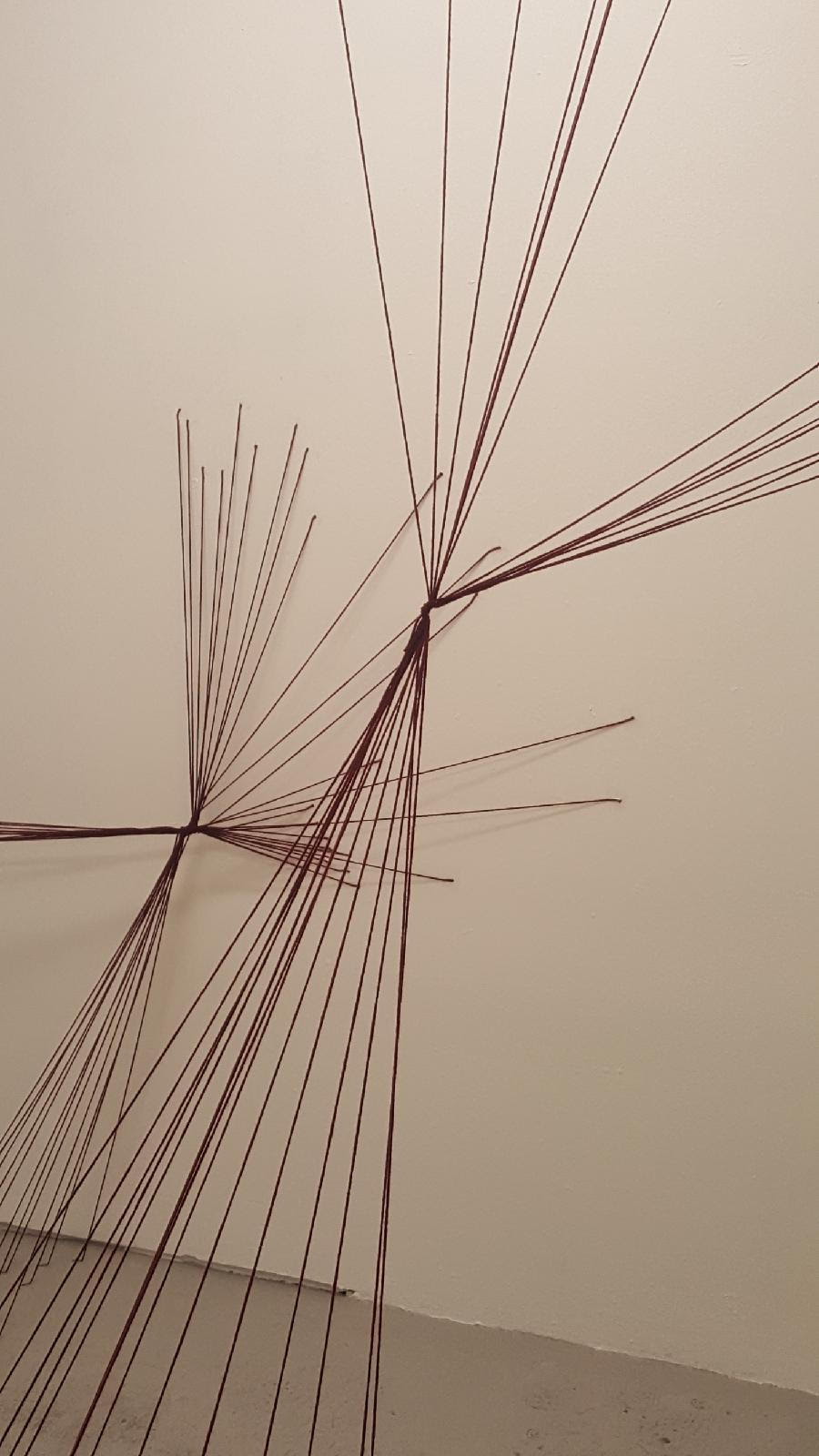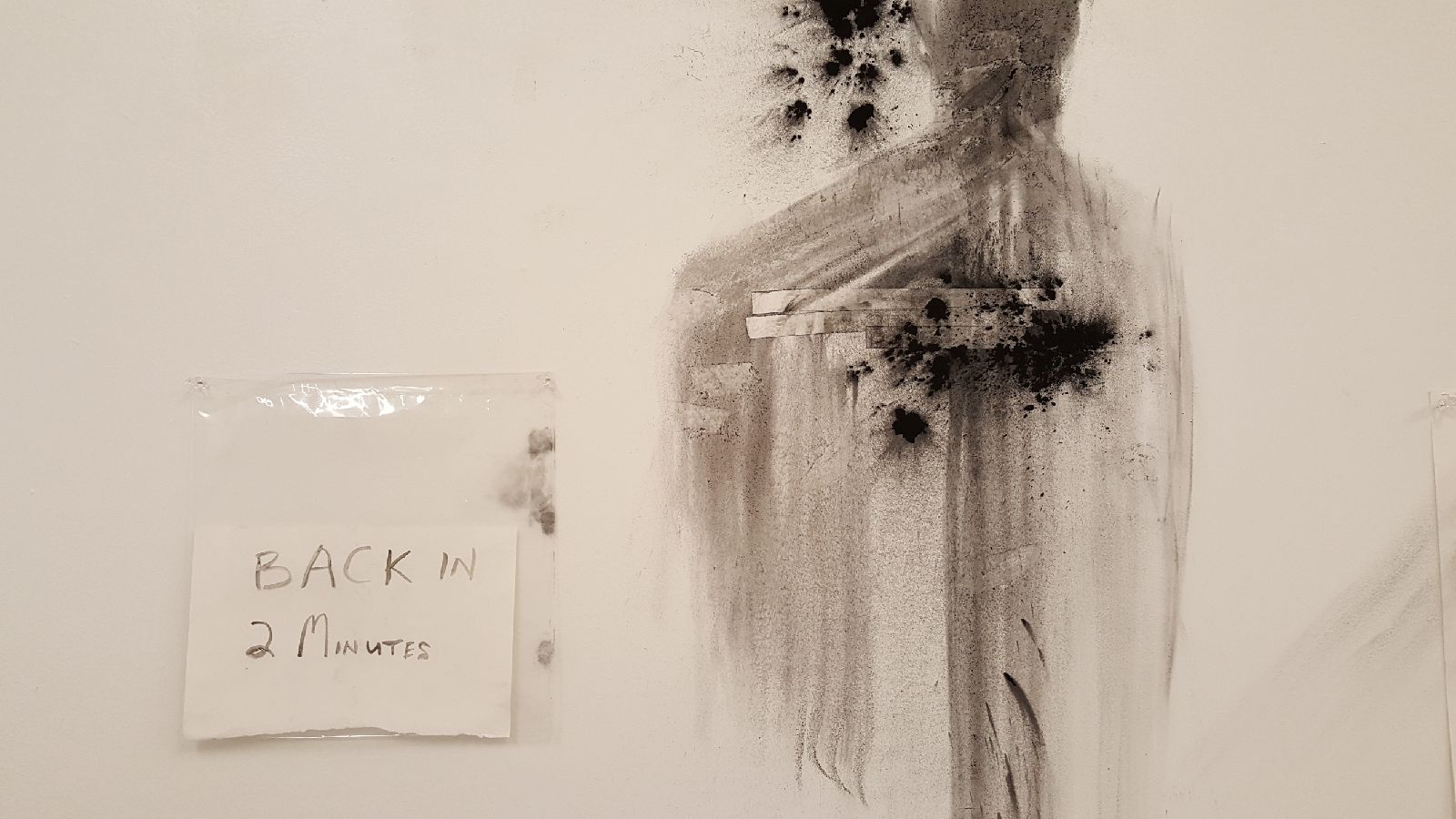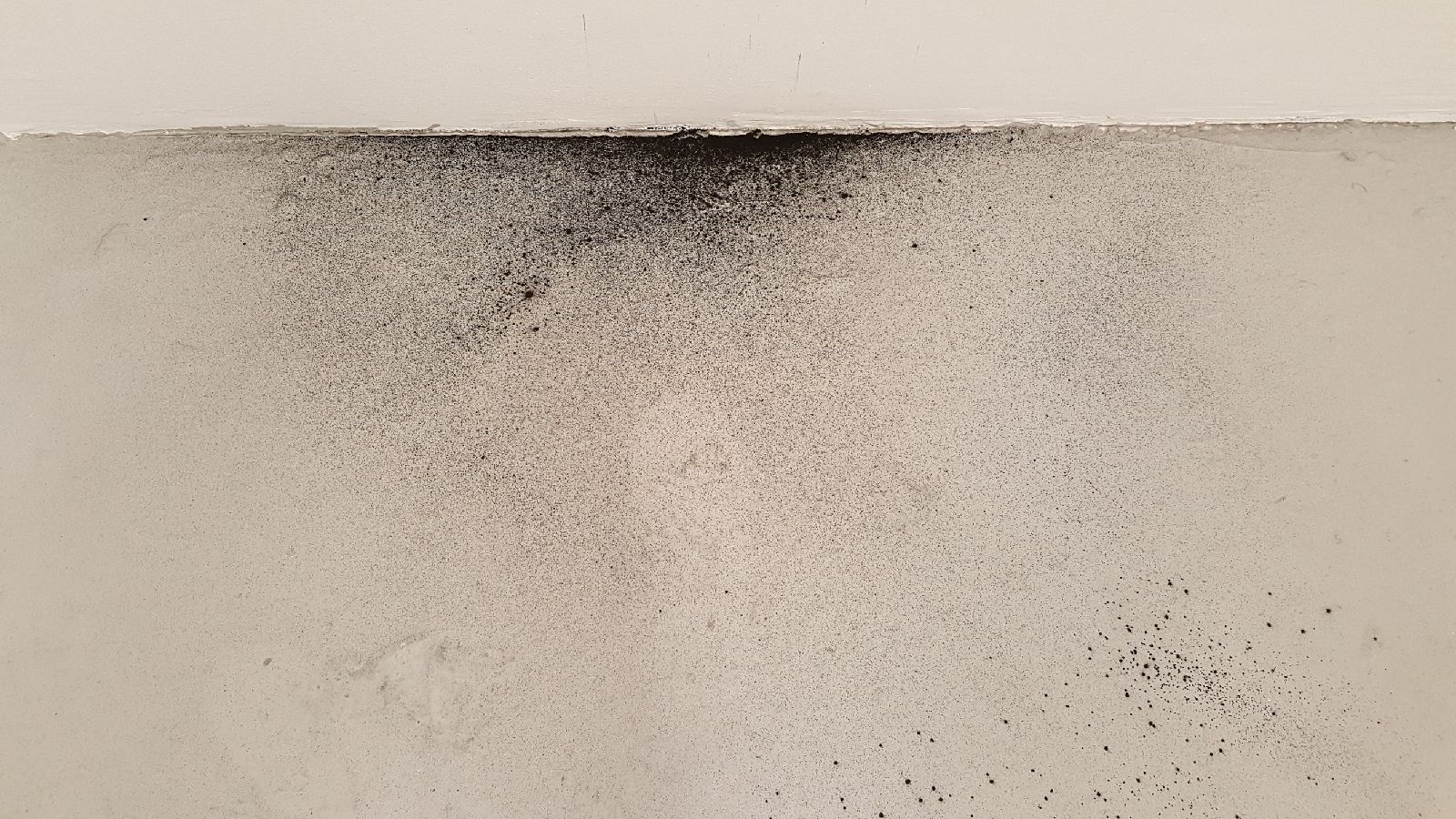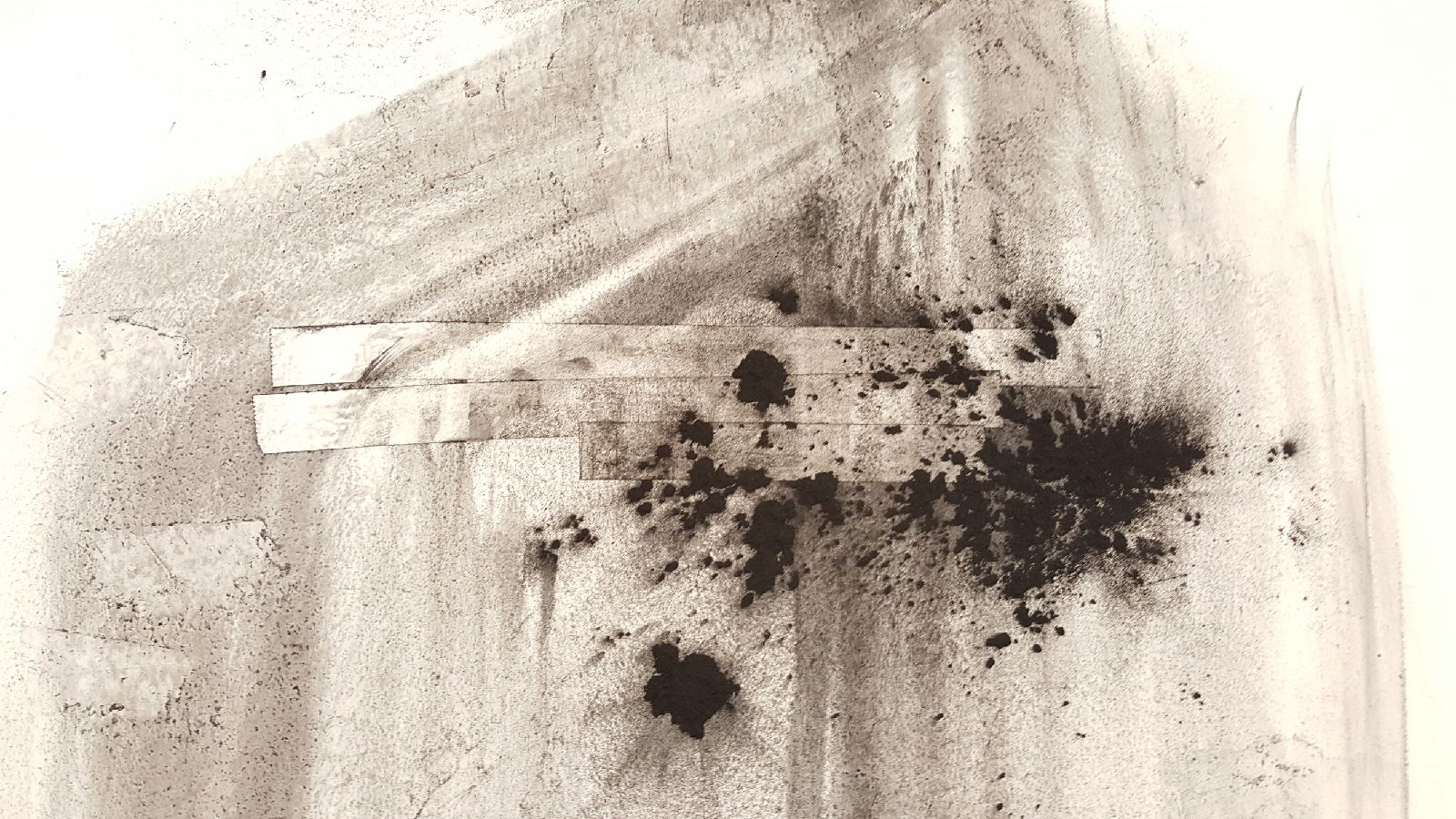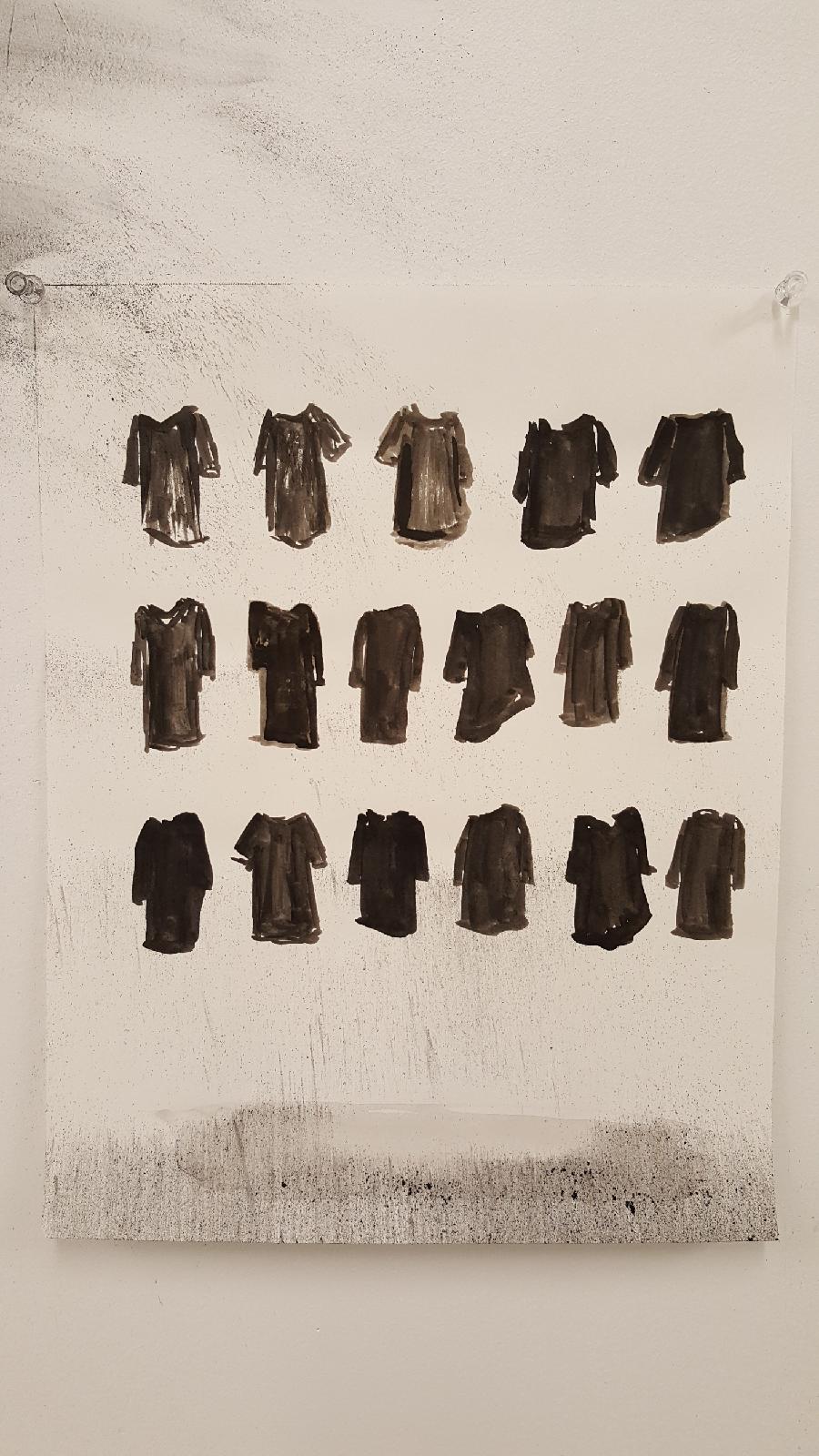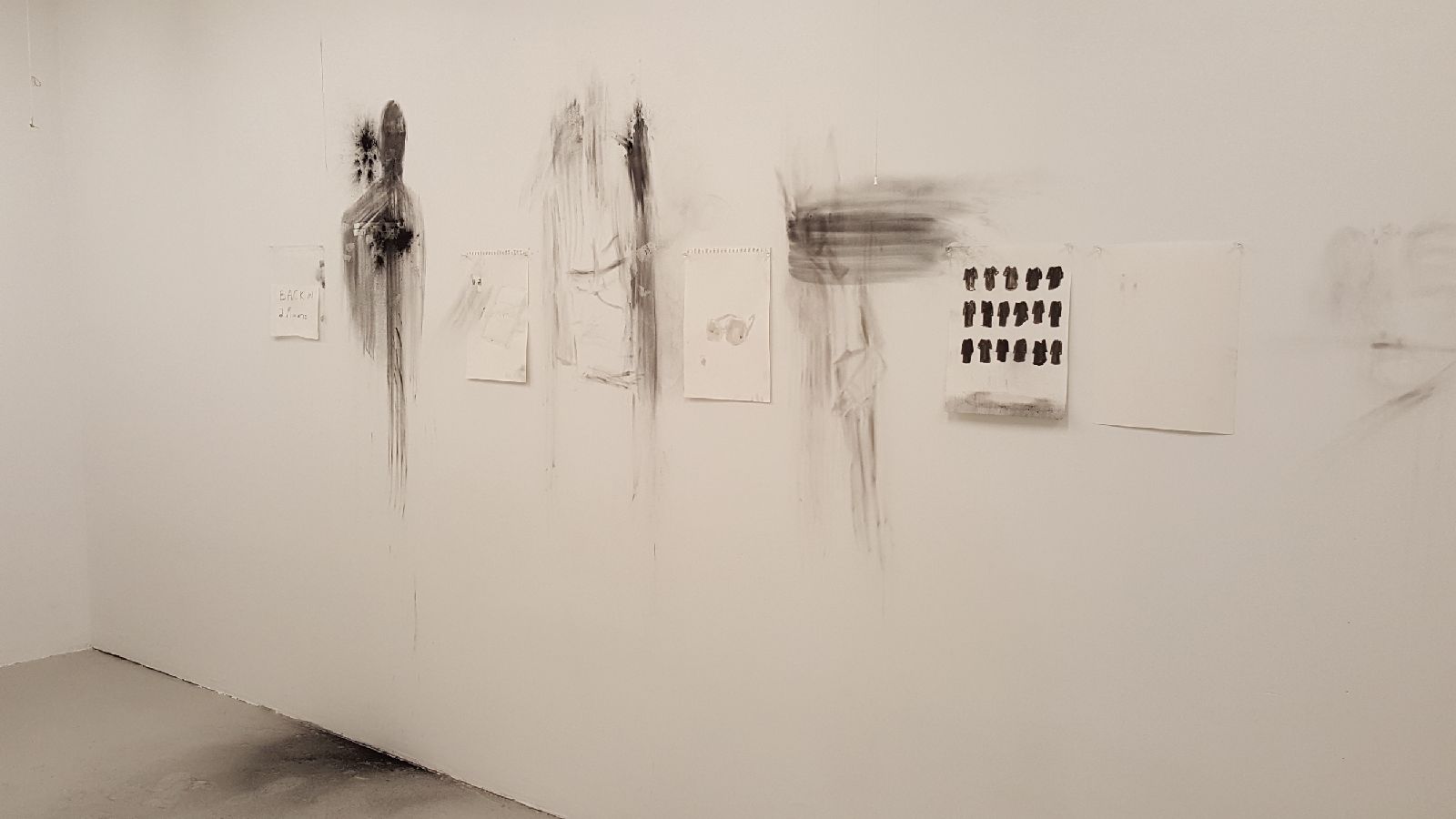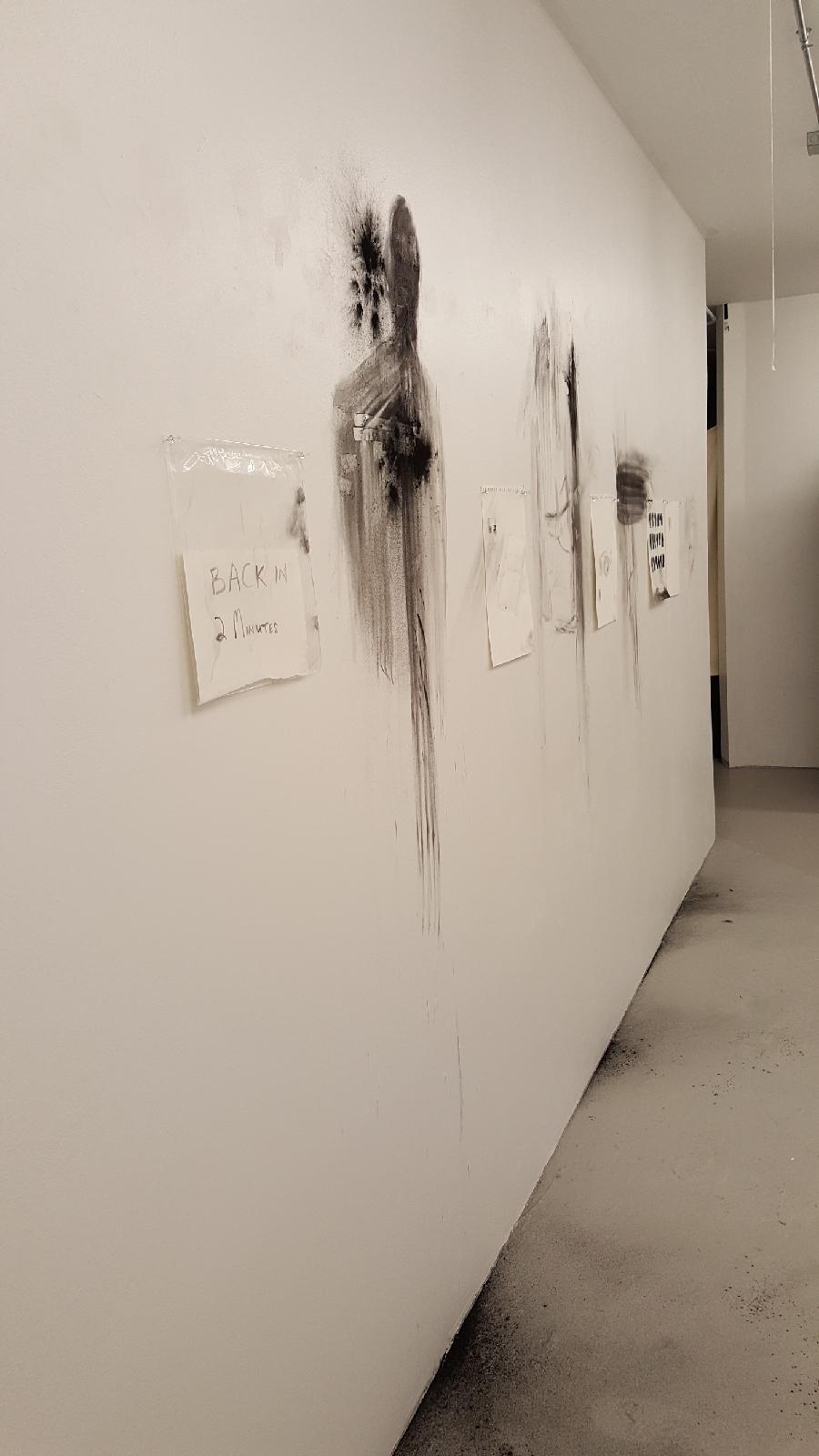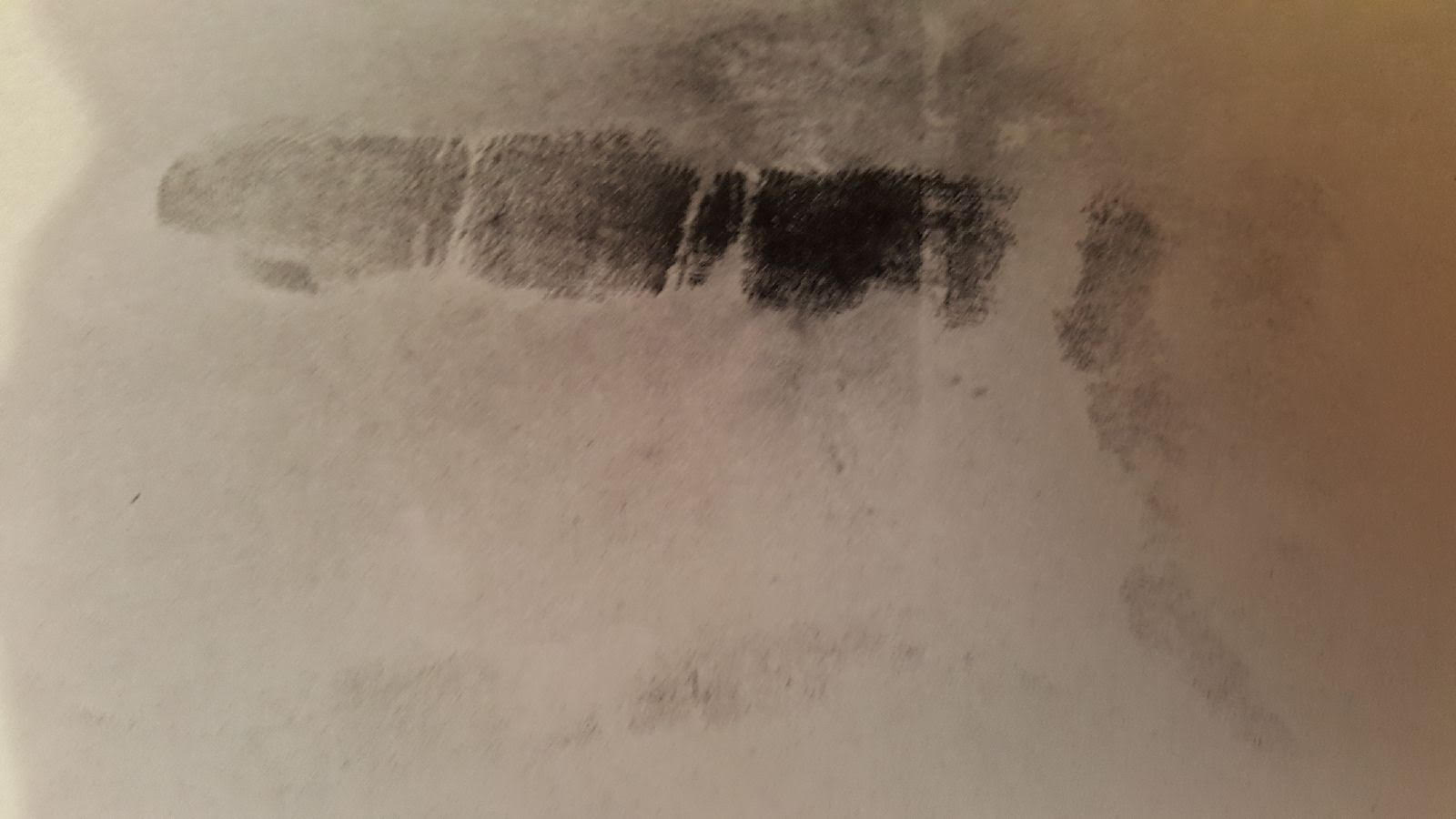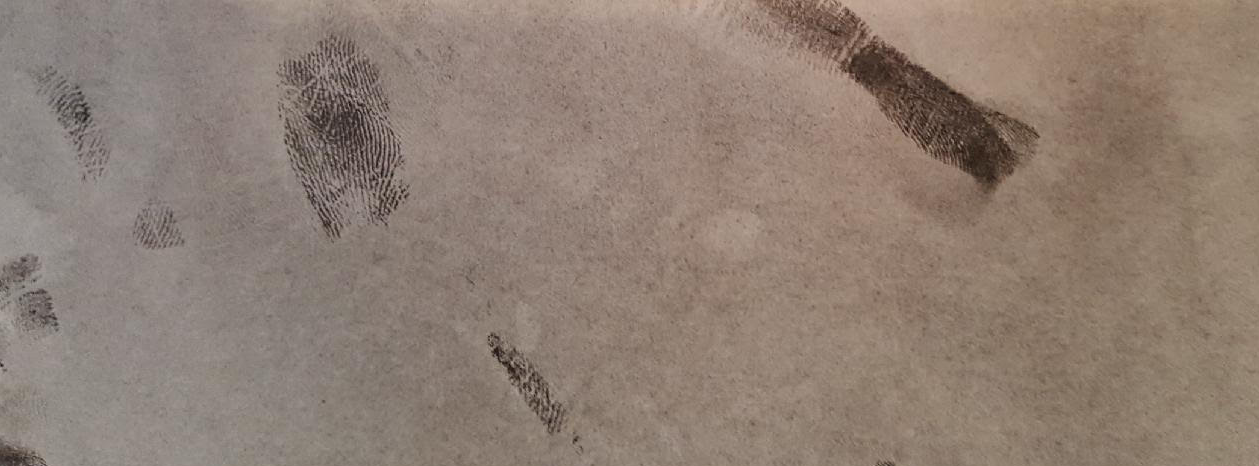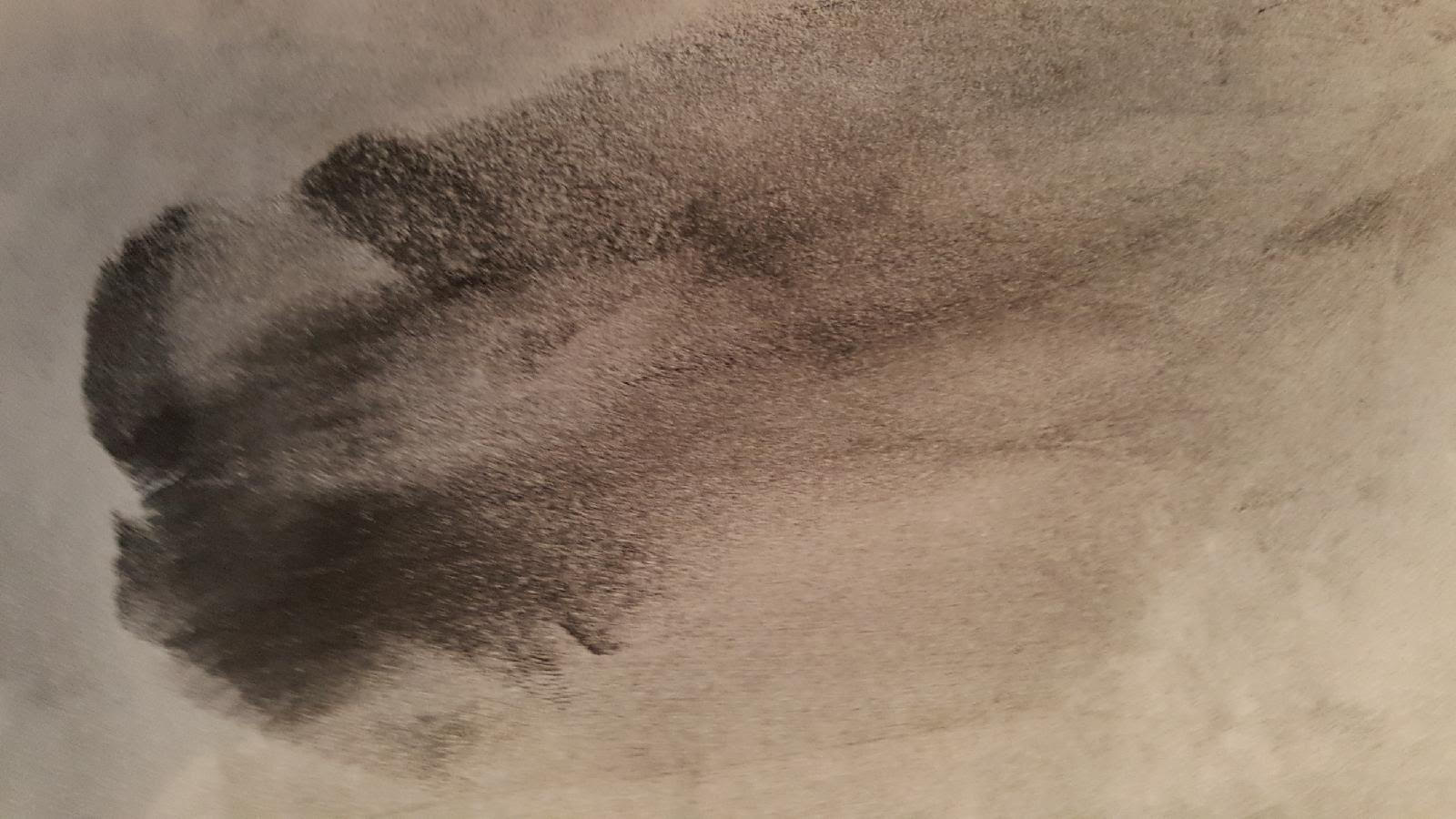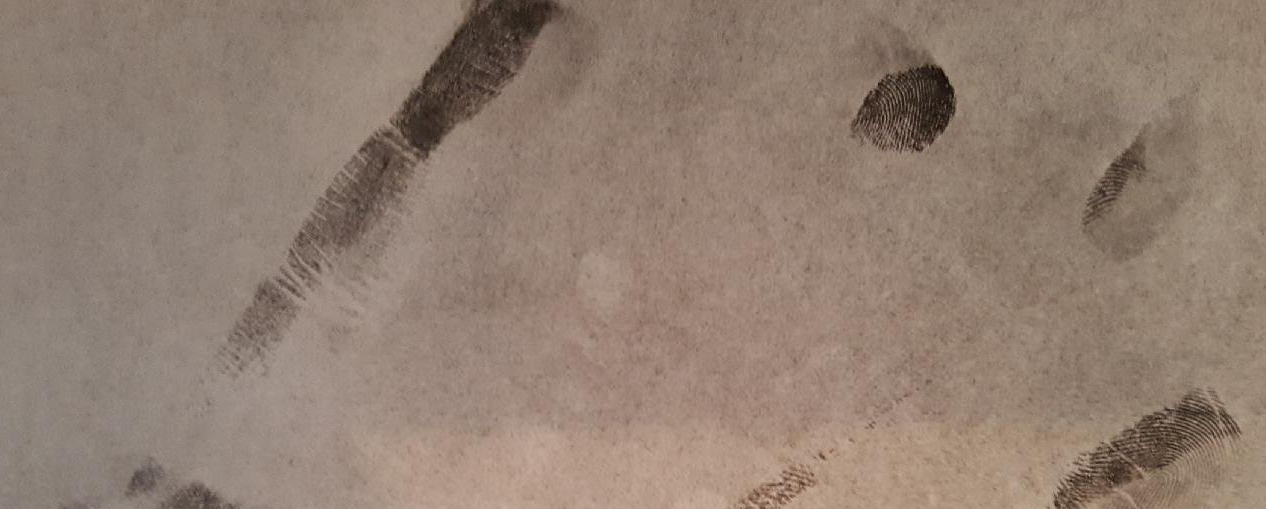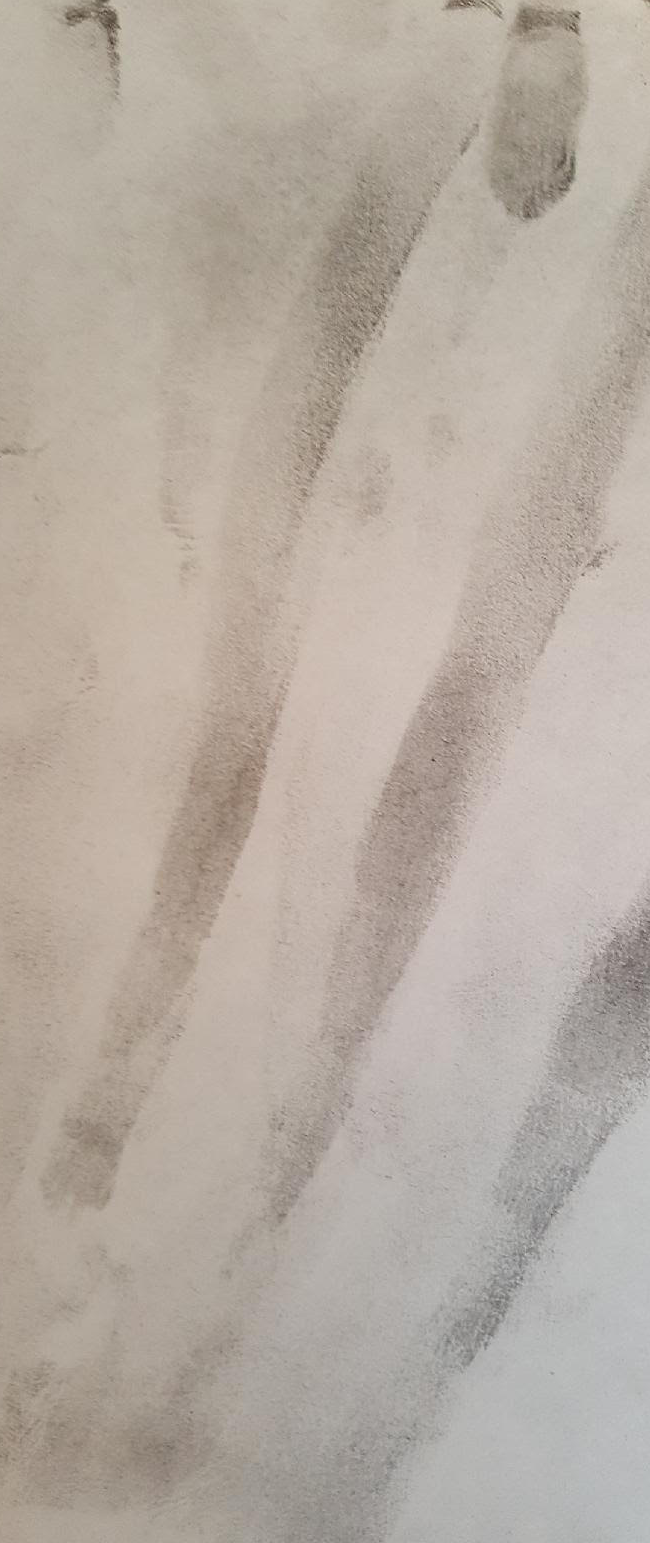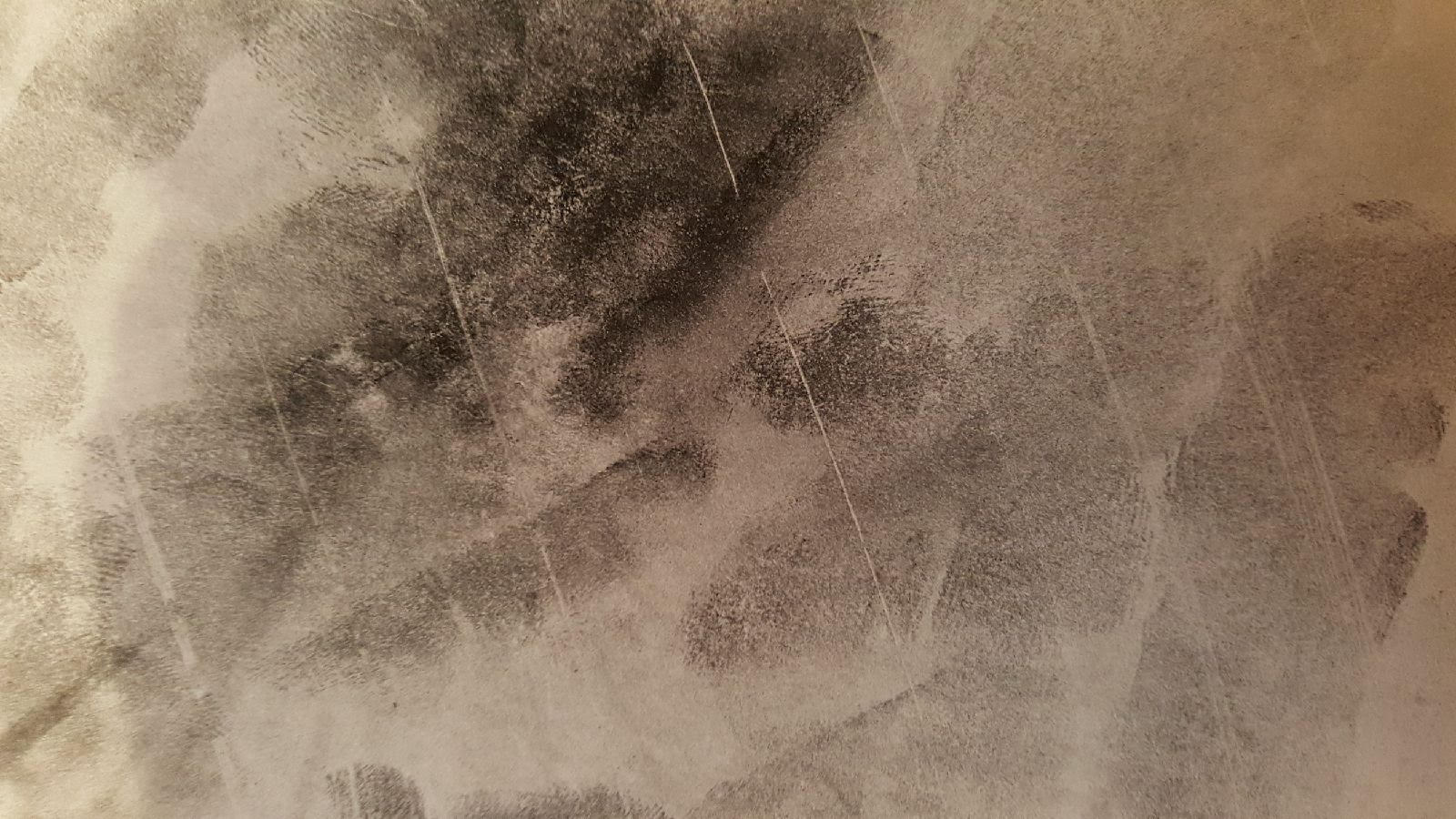No image, for reasons that will become obvious.
I am the faculty advisor for my college’s Art Club. The students and I have been working on a mural project all semester- an ambitious piece that covers an entire first floor hallway, where the offices of Arts and English faculty are located. The work involves a lot of contortions- twistings of the body, stretching, strange yoga poses. We end up sore, tired, sloppy with paint at least two days a week. We are often also subjects of fun and observation; Admissions staff will come through with prospective students, to show us off.
My students taught me something on Monday, though I’m not yet sure how to articulate it. We had been working for around half an hour. And then, the lights went down. The entire neighborhood was plunged into darkness. I sat back and stretched, ready to call it a day. But my students simply took out their smartphones, turned on the flashlight devices built into them, and kept painting.
